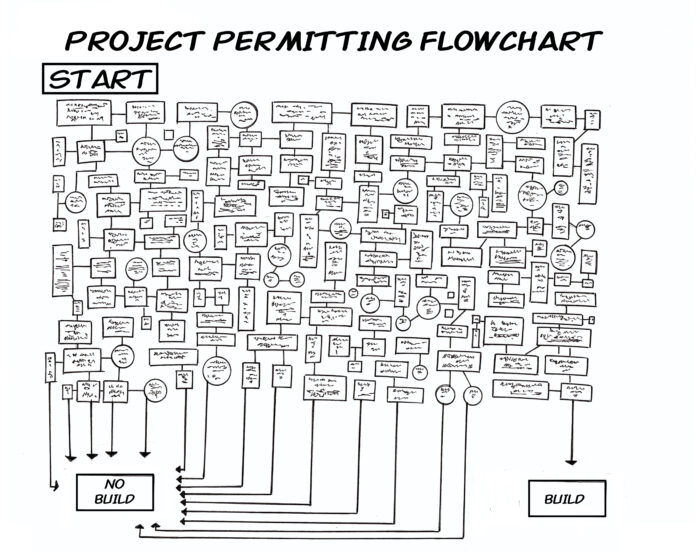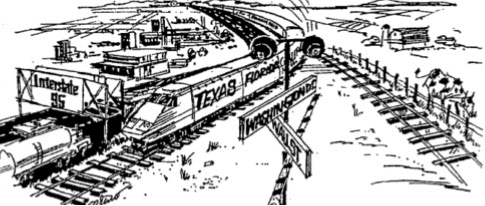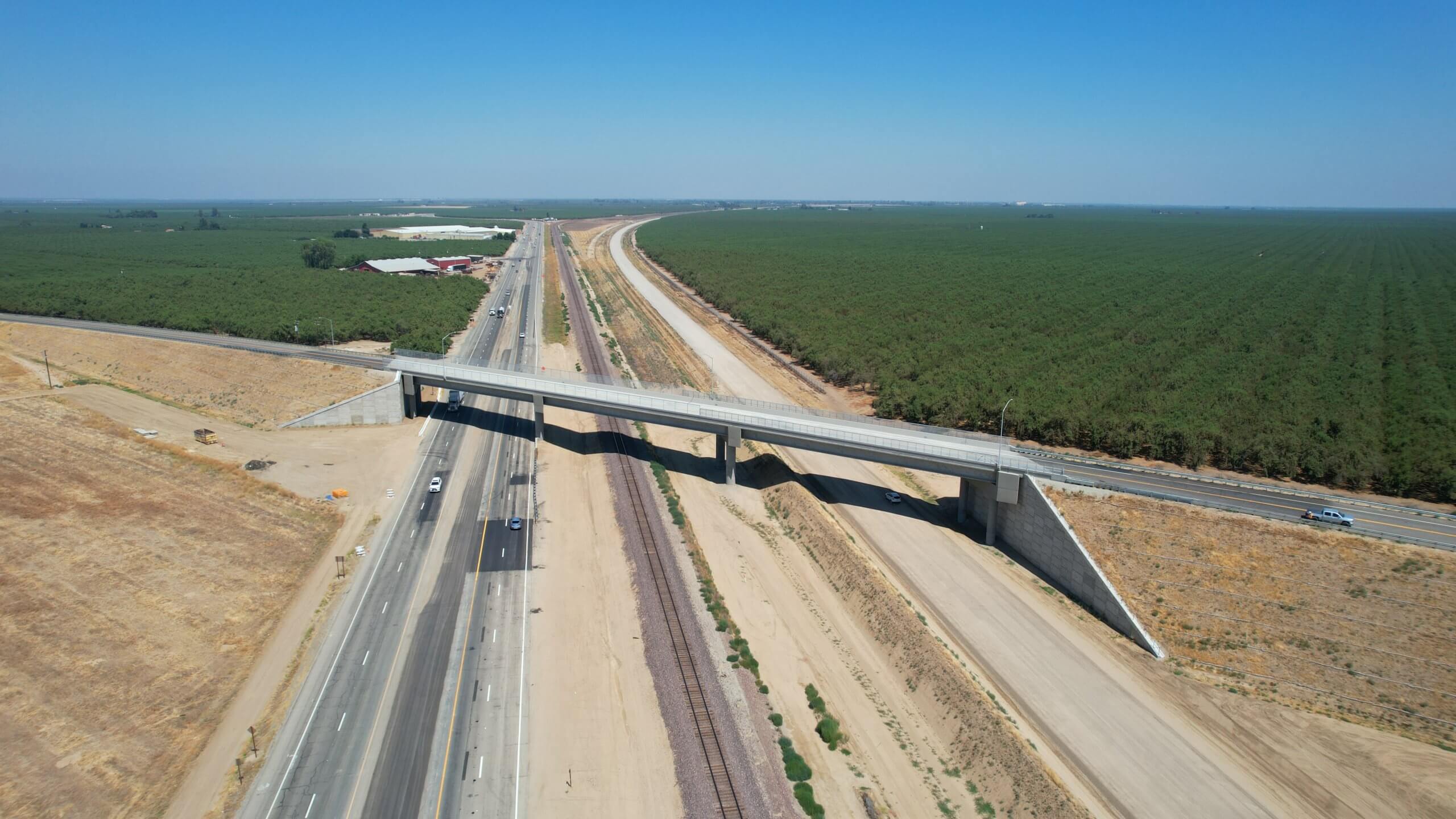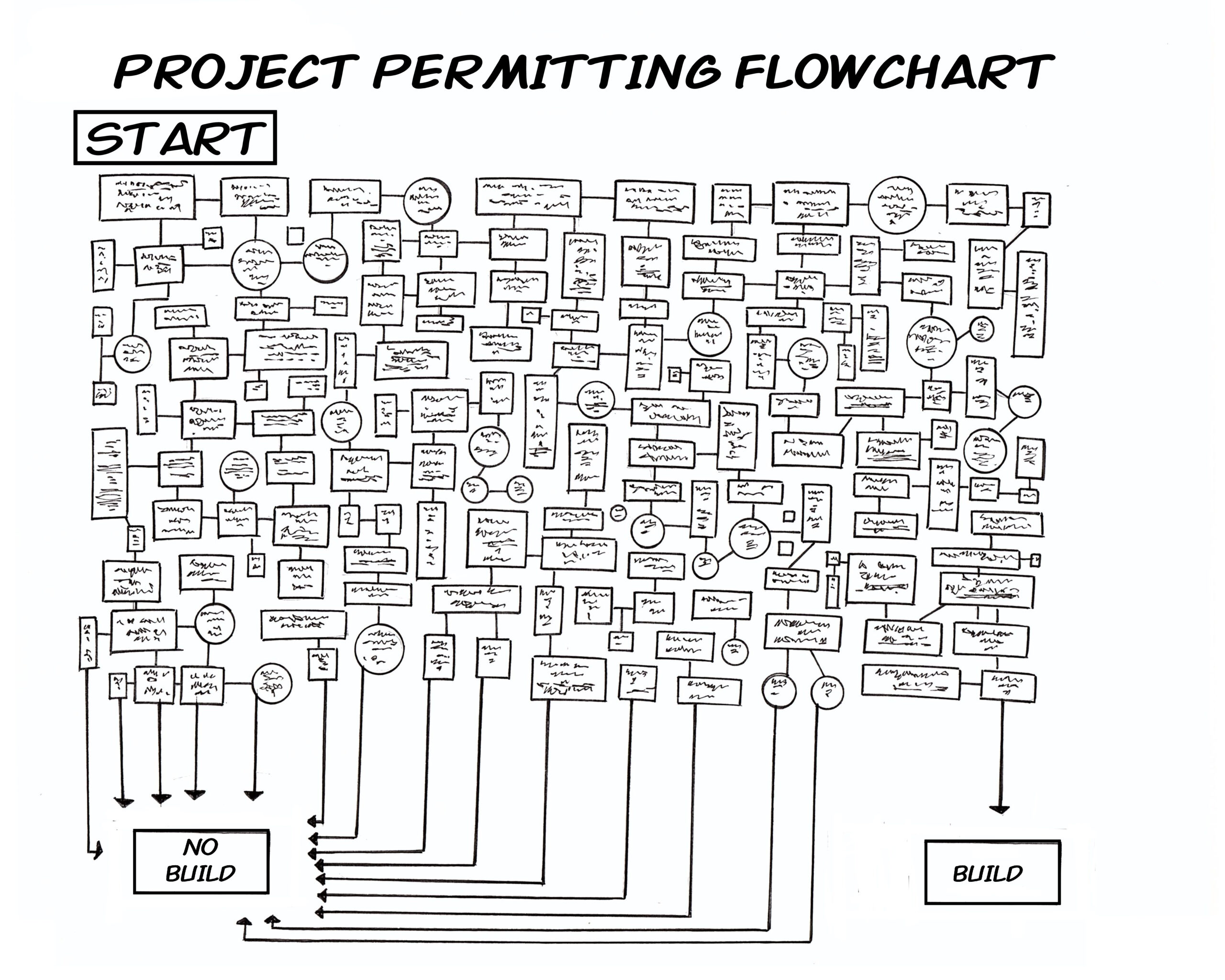The California High-Speed Rail Authority (CHSRA) may soon be able to solicit private investors to deliver parts of the Bakersfield-to-Merced initial operating segment. Just over a month after receiving input from potential investors, new legislation passed in early September will stabilize and prioritize the Authority’s cap-and-trade funding at $1 billion per year. CHSRA CEO Ian Choudri sought the funding stabilization in order to develop a more “bankable” revenue stream for the project that could be used to support private investments in components of the initial segment.
The scope of any public-private partnerships to deliver part of the initial segment remains to be seen. A wide range of potential projects have been discussed by the Authority in recent months. At the end of July, the CHSRA received responses to a Request for Expressions of Interest (RFEI) from the private sector on potential investment opportunities in the system. Earlier this year, the Authority held an industry forum on the topic as well.
The state legislation (SB 840) provides high-speed rail with a more certain annual funding source from the state. Since 2014, the project has received a quarter of the proceeds from the state’s cap-and-trade auctions. This tended to amount to between $750 million and $1.25 billion per year, but it did fluctuate, including a significant drop during the pandemic. The new law simply sets the funding at $1 billion and sets the project quite high on the pecking order for receiving funding from the program. It doesn’t backstop those revenues with the state’s general funds, but the project’s state funding is much more reliable than it was previously.
The only priorities that rank higher than high-speed rail for receiving cap-and-trade funding are a new Legislative Counsel Climate Bureau and funding for some of the state’s wildfire prevention programs.
The funding legislation is a big political victory for the state’s high-speed rail program. When Governor Newsom proposed the change in his budget earlier this summer, some expected more of a fight. The state’s recommitment to the project comes just as its federal grant funding becomes more uncertain than ever before.
In July, the Trump Administration terminated several Cooperative Agreements for federal grants amounting to more than $4 billion in federal funding for the project. The termination came after the Federal Railroad Administration (FRA) completed a compliance review that concluded that CHSRA was in violation of its grant agreements.
California immediately sued, but the project’s federal funding will remain uncertain at best for some time. In September, Transportation Secretary Sean Duffy announced that the administration would be re-allocating $2.4 billion of the funding it revoked from California high-speed rail to a new National Railroad Partnership Program.
Whether, and specifically how, private investors could fill that funding gap remains fairly speculative. Choudri and the Authority have discussed a wide range of options, though nothing concrete has been proposed. Ideas that have been floated range from leasing or developing adjacent properties around rail stations or leasing right-of-way along the corridor, to selling excess electricity (the Authority plans to develop solar projects), to even partnering with investors to develop AI datacenters.
This summer wasn’t the Authority’s first RFEI for private investment in the system. The last one was conducted in 2008, and afterwards the Authority published a report summarizing its responses. That will likely happen again in the coming weeks as the CHSRA reviews the responses. No public-private partnerships or other actual investment opportunities came after the 2008 RFEI report.
“This funding agreement resolves all identified funding gaps for the Early Operating Segment in the Central Valley and opens the door for meaningful public-private engagement with the program,” said Choudri. “As we move forward, I am greatly encouraged by commitments to continue productive discussions with the Administration and the Legislature to put in place statutory and regulatory enhancements that accelerate construction and give greater certainty on time and schedule for segment delivery.”

Federal Funding Fight
The Trump Administration found two main violations of CHSRA’s grant agreements when it reviewed the project earlier this year. The first was a conclusion that the project would not be able to deliver the initial operating segment by 2033. The second violation was a delay in finalizing a rolling stock procurement by the end of 2024. The compliance review was otherwise highly critical of California high-speed rail for being a boondoggle, but those two appeared to be the primary agreement violations.
California was quick to file a federal lawsuit against the decision. The lawsuit seeks to vacate the grant termination and enjoin the federal government from de-obligating the associated funds.
In the lawsuit and its responses to the FRA’s compliance review, CHSRA argues that it is still on track to deliver the initial segment of the project by 2033, and the delay in the rolling stock procurement is an interim milestone that will not delay the overall project, so it is not a proper basis for a grant termination. It also claims that the FRA’s risk assessment (which concluded that the project was likely unable to meet the 2033 deadline) was based on incomplete or out-of-date information.
Therefore, per the lawsuit, the Trump Administration’s decision to terminate the grants was arbitrary and capricious under the Administrative Procedures Act. CHSRA is asking the court to set aside the decision and for an injunction to prevent the Trump Administration from re-obligating the grant funding to another project.
The grant termination and associated lawsuit are a rematch of sorts from a similar funding cancellation and lawsuit from 2019, when the first Trump Administration sought to terminate some federal grant funding for the project. California sued to block the termination that time too, but the case was never fully resolved because the termination occurred so late in Trump’s first term. In 2021, the Biden Administration settled the lawsuit by agreeing to reinstate all of the project’s federal funding.
The Biden Administration would go on to award significant additional grant funding the project, including a $3.1 billion grant which was just finalized in late 2024. That is one of the grants the Trump Administration recently revoked.
Since the project began, California high-speed rail has been awarded approximately $6.9 billion in FRA grants, of which more than $2.5 billion as been disbursed via grant cooperative agreements. However, the FRA has disbursed very little funding for the project since 2018.
According to the CHSRA lawsuit, California has already spent more than $11.8 billion in state funding on the high-speed rail project.



